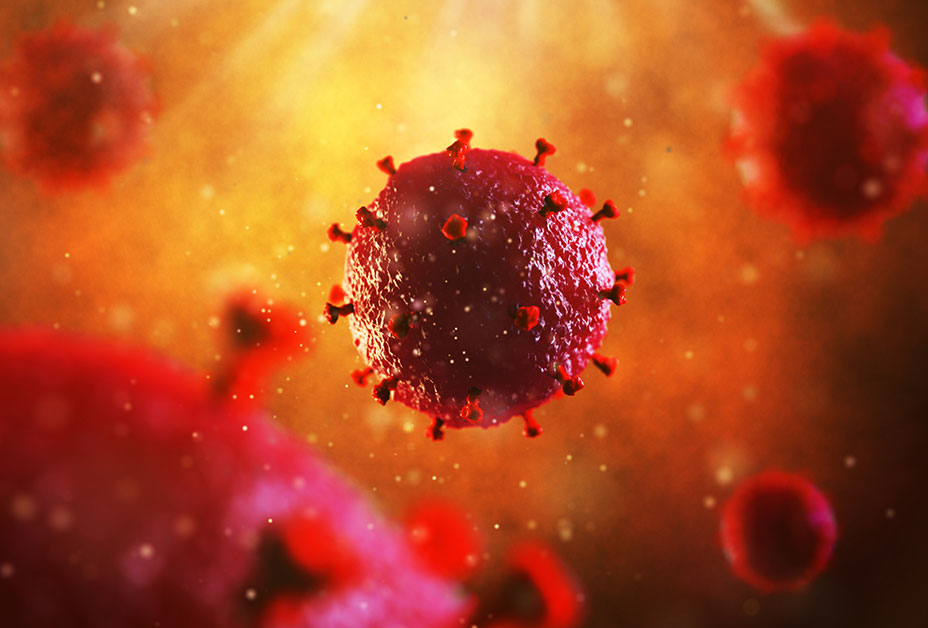HIV

HIV stands for human immunodeficiency virus. It weakens a person’s immune system by destroying important cells that fight disease and infection. There is currently no effective cure for HIV. But with proper medical care, HIV can be controlled. Some groups of people in the United States are more likely to get HIV than others because of many factors, including their sex partners and risk behaviors. This section will give you basic information about HIV, such as how it’s transmitted, how you can prevent it, and how to get tested for HIV.
Quiz
Key Facts
- An estimated 1.2 million people have HIV in the U.S. About 1 in 7 of them don’t know they have the virus.
- The only way to know you have HIV is to get tested.
- Ask your healthcare provider for an HIV test, or go to gettested.cdc.gov to find a testing site near you.
- Today, more tools than ever are available to prevent HIV. You can use strategies such as abstinence (not having sex), never sharing needles, and using condoms the right way every time you have sex. You may also be able to take advantage of HIV prevention medicines such as pre-exposure prophylaxis (PrEP) and post-exposure prophylaxis (PEP).
- If you have HIV, treatment is available to keep you healthy and protect your sex partners. If you take HIV medicine and get and keep an undetectable viral load, you have effectively no risk of transmitting HIV to an HIV-negative partner through sex.
- If you have HIV, the sooner you start treatment, the more you will benefit.
Media
Prevention Tips
- Get tested at least once or more often if you are at risk.
- Choose activities with little to no risk like oral sex. Learn more about your own risk and how to reduce it.
- Use condoms the right way every time you have anal or vaginal sex
- Don’t inject drugs, or if you do, don’t share needles, syringes, or other drug injection equipment.
- If you are at risk for HIV, ask your health care provider if pre-exposure prophylaxis (PrEP) is right for you.
- If you think you’ve been exposed to HIV within the last 3 days, ask a health care provider about post-exposure prophylaxis (PEP) right away. PEP can prevent HIV, but it must be started within 72 hours.
- Get tested and treated for other STDs.
More Information
Page last reviewed: November 25, 2020
Content source: Centers for Disease Control and Prevention


